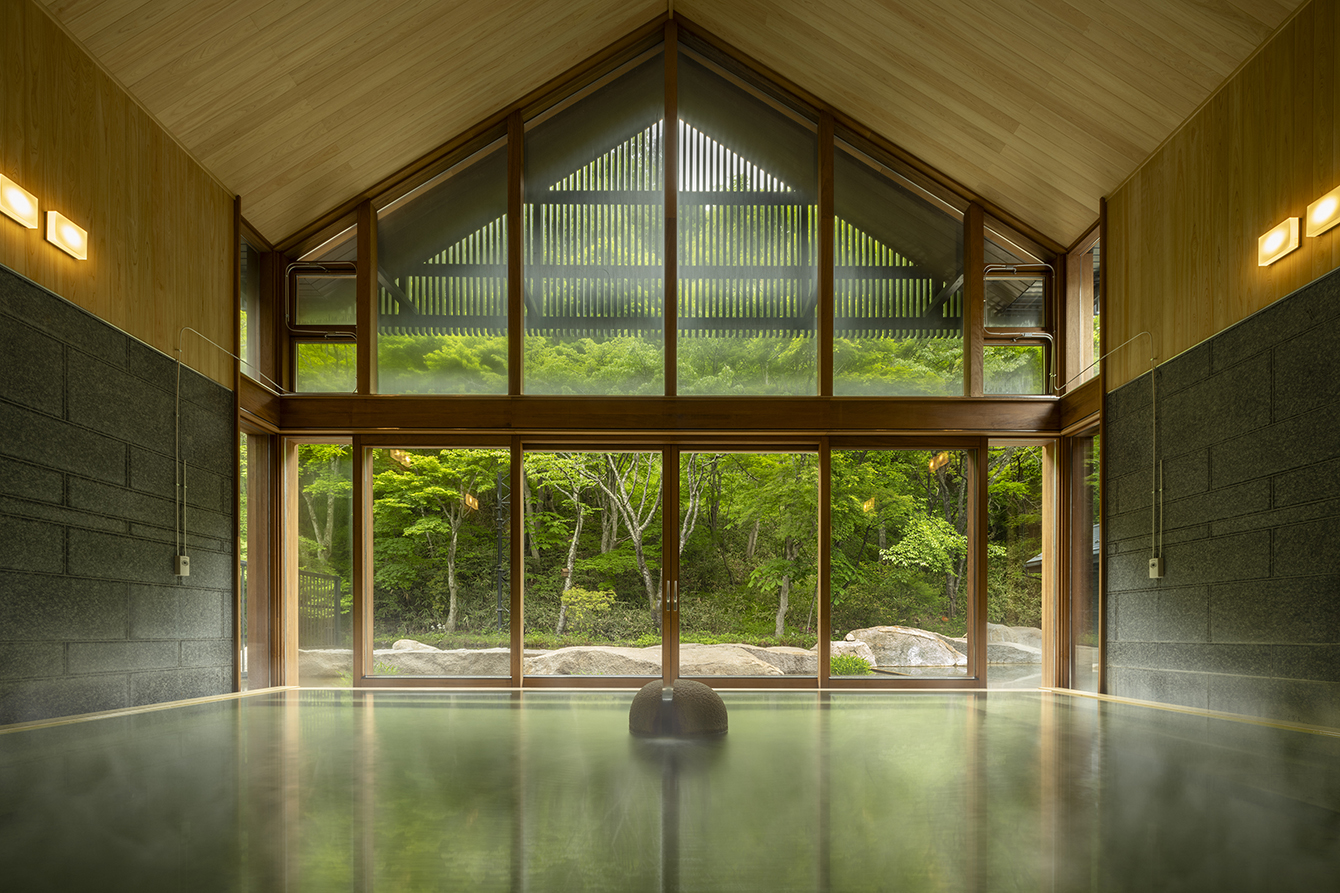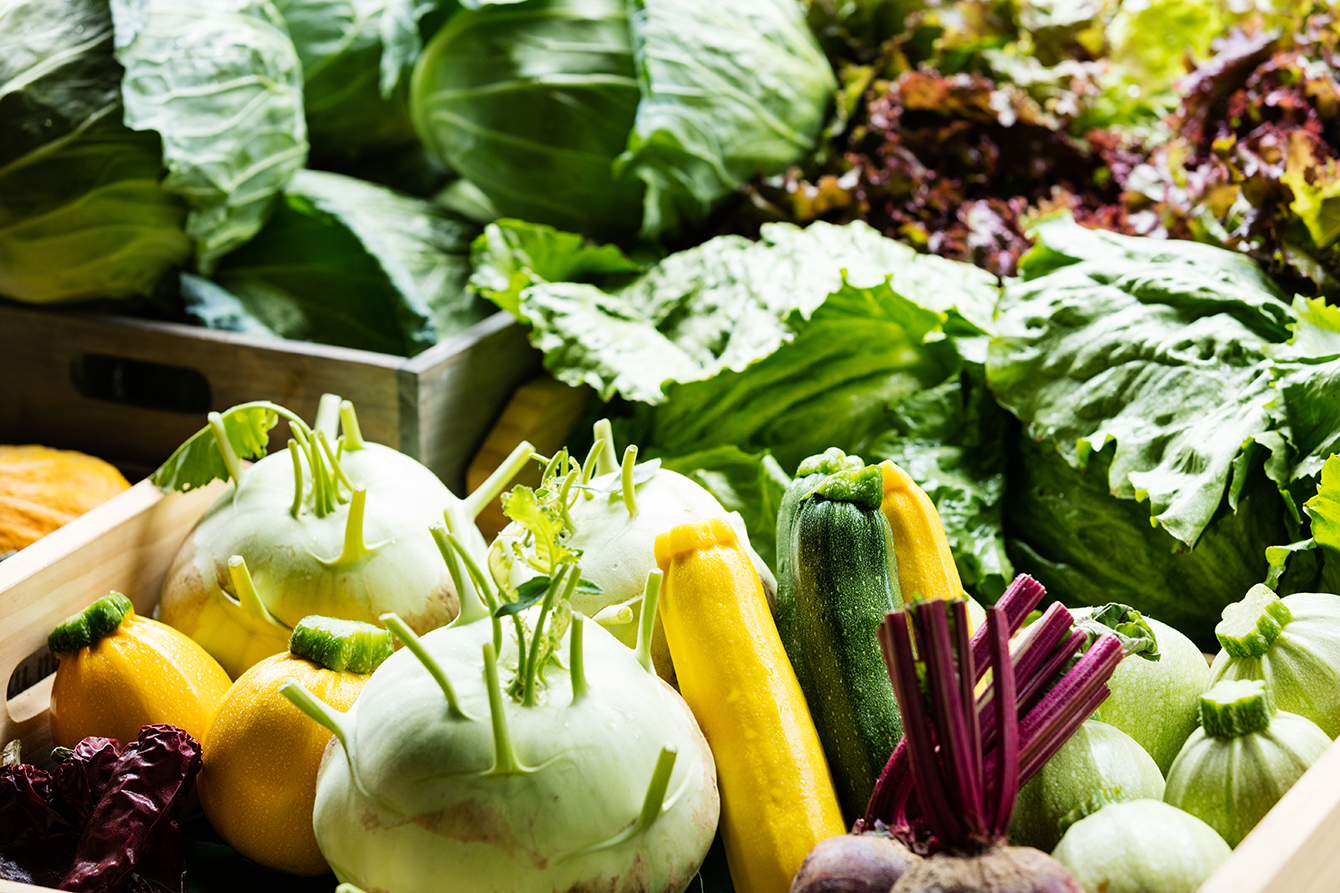Column

Kundo KoyamaBroadcast writer/script writer
The birth of "Hoshino Onsen Tombo no Yu" was eagerly awaited
I was fascinated by Karuizawa when I was a student at Nihon University College of Art. I filmed a TV production job at Kumoba Pond and the old Karuizawa Ginza district, and it left a great impression on me. When the expressway opened, I had more opportunities to go out and even went to the public baths at Hoshino Onsen. Then I heard that the whole area was going to be completely renovated.
At the time, I had become independent as a television writer and was involved in a TV Tokyo documentary program called "Complete! Dream House," which followed people building new homes. One of the guests happened to work at Hoshino Resorts, so I couldn't help but wonder how that rustic bathhouse would be reborn. The newly opened "Tonbo no Yu" was extremely modern, and I was impressed.
I also have fond memories of eating at the restaurants "No One's Recipe" and "Yukawatan" at the "Hotel Bleston Court." The food of Chef Hamada Noriyuki, the first head chef of "Yukawatan," was so amazing that it felt like he had brought the power of nature directly to the plate. He later appeared on Fuji TV's "Iron Chef," a revival of "Iron Chef."

I don't think there has ever been a resort in Japan that puts so much effort into nature observation.
If I had to pick one particularly unforgettable memory, it would be a scene from Picchio. About 30 years ago, after Picchio was established, I interviewed a guide and heard an interesting story. He told me that he had attached transmitters to several frogs and released them into the forest to find out how they lived after tadpoles turned into frogs.
One of them was found to have traveled an incredible distance, and further investigation revealed that the signal was coming from a nest box installed in a tree. In short, the frog had been eaten by a bird, and the transmitter it had excreted was functioning independently. When I heard this, I realized that the forest ecosystem is made up of each individual creature connected to each other, and I was also moved by the facility's serious approach to observing nature and animals.
Nowadays, you can find resorts in Japan that offer nature tours, but back then, the Hoshino area was probably the only one. I think this was groundbreaking and wonderful.
What we expect from the Hoshino area as it celebrates its 110th anniversary
Karuizawa, which can be accessed from Tokyo in about an hour, is sometimes referred to as "Tokyo's 1th Ward." There are delicious restaurants, and you can easily meet people you wouldn't be able to meet in the city center in Karuizawa, where both of you have time. That's also an attraction, but I would like the Hoshino area, which has the potential to become a gathering place, to demonstrate its curation skills. In order to further delve into the regional characteristics, I would like to see more and more great local restaurants featured in Harunire Terrace and other places.
Speaking of "Harunire Terrace," until recently there was a Chinese restaurant called "Kisurin," which I sometimes visit. Recently, the chef who had been working there since it first opened has decided to go independent and set up his own restaurant. I want the Hoshino area to become a base for promoting food. In other words, it will be a base for a cycle where people can hone their skills here, meet good customers, deepen their relationships, and then leave the nest.
Karuizawa is a unique place from a food perspective. Needless to say, the vegetables are plentiful and delicious, and fish from the Sea of Japan are easier to purchase than in Tokyo. As an aside, the predecessor to the popular supermarket "Tsuriya" in Karuizawa was a fish shop. With the opening of the Hokuriku Shinkansen, I have a feeling that it will become even more interesting. I hope that the Hoshino area will be the leader in this endeavor.


Kundo KoyamaBroadcast writer/script writer
A television writer, scriptwriter, vice president of Kyoto University of the Arts, and owner of the traditional Japanese restaurant Shimogamo Saryo. Born in Kumamoto Prefecture in 1964. He has planned many innovative television programs, including Iron Chef and The Humiliation of Canossa. He wrote the screenplay for the film Departures, which won him the Best Original Screenplay Award at the 32nd Japan Academy Awards and the Best Foreign Language Screenplay Award at the 81st Academy Awards. He has also explored the act of bathing, an everyday habit that modern Japanese people do not question, and advocated the idea of "Yudo," or the way of bathing, in order to elevate it to Japanese culture. The film Yudo, which he planned and wrote the screenplay for, was released in 23, and he also ran a campaign in collaboration with Hoshino Resorts' hot spring inn brand Kai.

The Hoshino area is a place where you can experience the world of "In Praise of Shadows"

The Hoshino area has the potential to become a hub for environmental education.

Enchanted by Karuizawa, where you can vividly experience the changing seasons

It has always been and will continue to be a place where everyone can gather and talk.

Aiming to create a future where people and bears can live together

I hope that you will continue to improve your "curation skills" in the future.

A turning point in my career as an artist occurred with the Karuizawa Hoshino area




